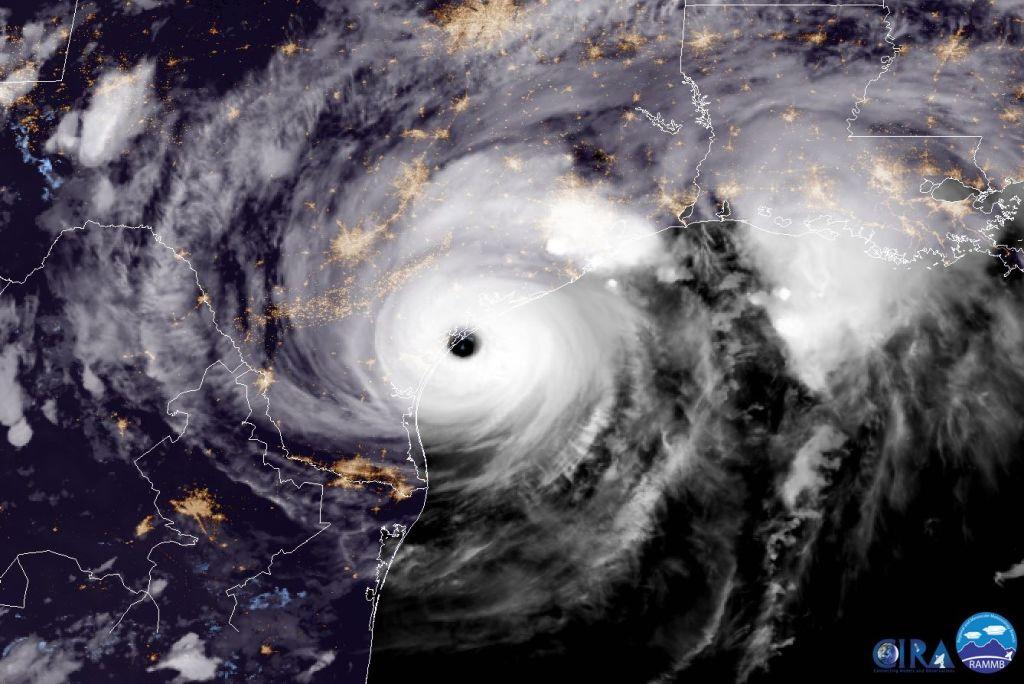There were zero named tropical storms or hurricanes between July 3 and Aug. 30, which is the first time such a phenomenon has occurred in more than 80 years, forecasters noted this week.
“It has been surprisingly and freakishly quiet in the Atlantic,” University of Miami hurricane researcher Brian McNoldy told The Associated Press this week, pointing out that weak Tropical Storm Colin fizzled out on July 2 and there’s been nothing since.





